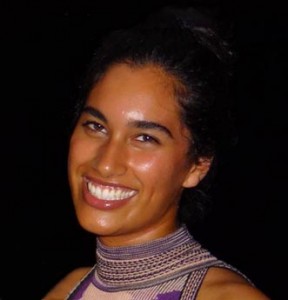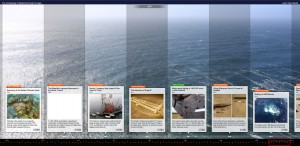Questions on Week 3
http://youtu.be/krCKEeaoa9g
Charles Weager (Blackwater, Yateley, Hampshire, UK): I find it interesting that a simple method of changing the sail shape existed. That they could head to within 60degrees of the wind is fascinating. Was this technology available to Medieval ships? Is it lost technology? I had always understood that until the use of Lanteen (Triangular) sails that shipping was seriously restricted hence the need to rely on the trade winds for ocean navigation.
Continue reading →



